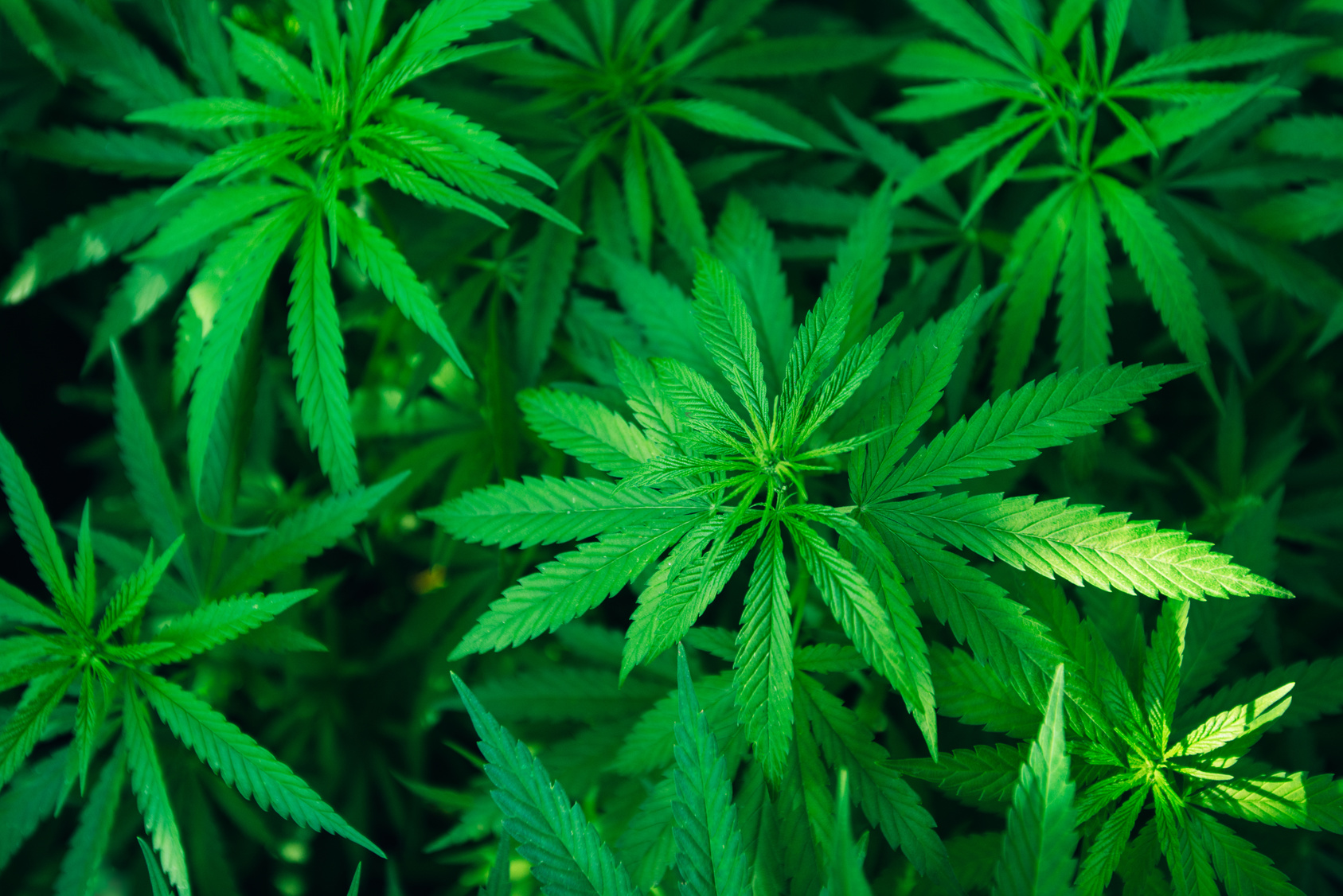Pacifici R, Pichini S, Pellegrini M, Tittarelli R, Pantano F, Mannocchi G, Rotolo MC, Busardò FP.
Clin Chem Lab Med. 2018 Dec 19;57(2):238-243.
Abstract
Background: in those countries where cannabis use is still illegal, some manufacturers started producing and selling “light cannabis”: dried flowering tops containing the psychoactive principle Δ-9-tetrahydrocannabinol (THC) at concentrations lower than 0.2% together with variable concentration of cannabidiol (CBD). We here report a pilot study on the determination of cannabinoids in the oral fluid and urine of six individuals after smoking 1 g of “light cannabis”.
Methods: on site screening for oral fluid samples was performed, as a laboratory immunoassay test for urine samples. A validated gas chromatography-mass spectrometry (GC-MS) method was then applied to quantify THC and CBD, independently from results of screening tests.
Results: on site screening for oral fluid samples, with a THC cut-off of 25 ng/mL gave negative results for all the individuals at different times after smoking. Similarly, negative results for urine samples screening from all the individuals were obtained. Confirmation analyses showed that oral fluid THC was in the concentration range from 2.5 to 21.5 ng/mL in the first 30 min after smoking and then values slowly decreased. CBD values were usually one order of magnitude higher than those of THC. THC-COOH, the principal urinary THC metabolite, presented the maximum urinary value of 1.8 ng/mL, while urinary CBD had a value of 15.1 ng/mL.
Conclusions: consumers of a single 1 g dose of “light cannabis” did not result as positive in urine screening, assessing recent consumption, so that confirmation would not be required. Conversely, they might result as positive to oral fluid testing with some on-site kits, with THC cut-off lower than 25 ng/mL, at least in the first hour after smoking and hence confirmation analysis can be then required. No conclusions can be drawn of eventual chronic users.

